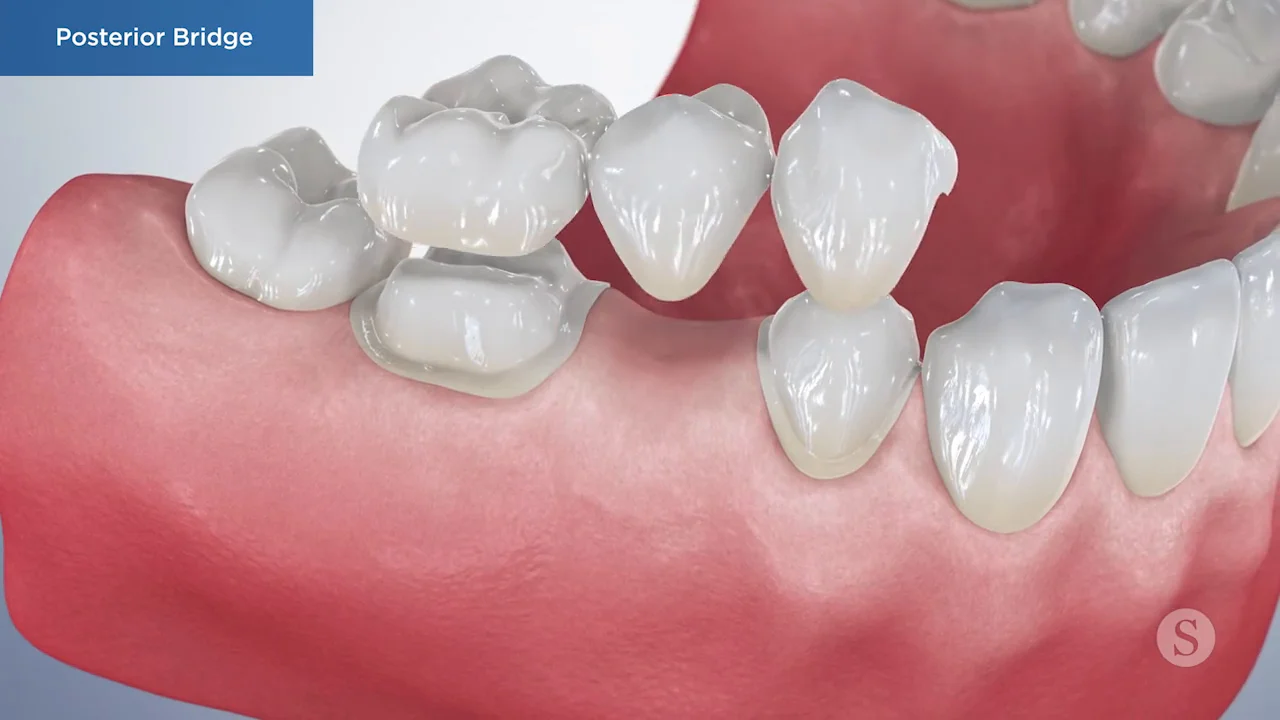Are you experiencing persistent tooth pain or sensitivity? Perhaps you’ve been told you need a root canal, but you’re unsure about what the procedure entails and how long it will take. Understanding the process of root canal treatment can alleviate your concerns and help you prepare for the procedure effectively.
Understanding Tooth Decay: The Root Cause Of Root Canals
To grasp the significance of root canal treatment, it’s essential to comprehend the underlying issue: tooth decay. Tooth decay, also known as dental caries or cavities, occurs when bacteria in your mouth produce acids that erode the enamel of your teeth. If left untreated, decay can penetrate the deeper layers of the tooth, reaching the pulp chamber where nerves and blood vessels reside.
The Role Of Root Canal Treatment In Preserving Your Natural Tooth
Root canal treatment becomes necessary when the pulp of a tooth becomes infected or inflamed due to advanced decay, trauma, or other factors. Rather than extracting the tooth, which can lead to further dental complications and the need for tooth replacement options like implants or bridges, a root canal allows you to preserve your natural tooth.
The Procedure: Step-By-Step Breakdown
- Diagnosis And Assessment: Your dentist will first conduct a thorough examination, possibly including X-rays, to assess the extent of the damage and determine if a root canal is necessary.
- Anesthesia: Before beginning the procedure, local anesthesia will be administered to ensure you’re comfortable and pain-free throughout.
- Accessing The Pulp Chamber: To reach the infected pulp, your dentist will create an opening in the crown of the tooth, providing access to the pulp chamber.
- Removing Infected Tissue: Using specialized instruments, the dentist will carefully remove the infected or inflamed pulp from the pulp chamber and root canals.
- Cleaning And Shaping: The root canals are then cleaned, shaped, and disinfected to remove any remaining bacteria and debris.
- Filling The Canals: Once the canals are prepared, they are filled with a biocompatible material called gutta-percha to seal them and prevent recontamination.
- Restoration: Finally, the opening created in the tooth’s crown is sealed with a filling material to restore its structure and function. In some cases, a dental crown may be placed to provide additional strength and protection.
Factors Affecting The Duration Of A Root Canal
The duration of a root canal procedure can vary depending on several factors, including:
- Location And Complexity: The location of the affected tooth and the complexity of its how long does a root canal take? system can influence the time required for the procedure. Molars, for example, typically have multiple roots and canals, making the process more time-consuming.
- Extent Of Infection: The severity of the infection and the amount of decay present can impact the duration of the root canal. In cases of advanced decay or abscess formation, additional steps may be required to ensure thorough cleaning and disinfection.
- Patient Factors: Individual factors such as the patient’s tolerance to anesthesia, cooperation during the procedure, and overall oral health can also affect the length of time needed to complete a root canal.
Typical Duration Of A Root Canal Procedure
On average, a root canal procedure can take anywhere from one to three hours to complete, depending on the above factors. Your dentist will provide you with a more accurate estimate based on your specific case during the initial consultation.
Conclusion
While the thought of undergoing a root canal may seem daunting, understanding the process and what to expect can help alleviate anxiety and ensure a smoother experience. By addressing the underlying cause of tooth decay and preserving your natural tooth, root canal treatment can provide lasting relief from pain and discomfort, allowing you to maintain a healthy and functional smile for years to come. If you’re experiencing tooth pain or have been advised to undergo a root canal, don’t hesitate to consult with your dentist to discuss your options and develop a personalized treatment plan.
